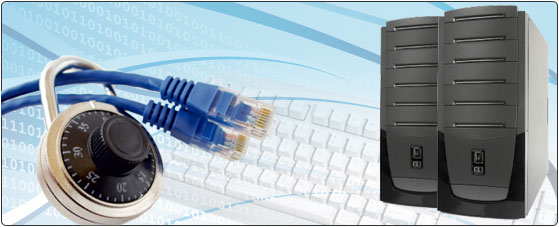 |
|
 |
|
|
|
Web Hosting Shopping Cart
In addition to cookies, which are largely invisible to consumers, other hidden methods of monitoring consumers' activities on the Web may also be used. One such method is through the use of "Web bugs," also known as "clear GIFs" or "1-by-1 GIFs." Web bugs are tiny graphic image files embedded in a Web page, generally the same color as the background on which they are displayed. They are one pixel in height by one pixel in length - the smallest image capable of being displayed on a monitor - and are invisible to the naked eye. The Web bug sends back to its home server (which can belong to the host site, a network advertiser or some other third party): the IP (Internet Protocol) address of the computer that downloaded the page on which the bug appears; the URL (Uniform Resource Locator) of the page on which the Web bug appears; the URL of the Web bug image; the time the page containing the Web bug was viewed; the type of browser that fetched the Web bug; and the identification number of any cookie on the consumer's computer previously placed by that server. Web bugs can be detected only by looking at the source code of a Web page and searching in the code for 1-by-1 IMG tags that load images from a server different than the rest of the Web page. At least one expert claims that, in addition to disclosing who visits the particular Web page or reads the particular email in which the bug has been placed, in some circumstances, Web bugs can also be used to place a cookie on a computer or to synchronize a particular email address with a cookie identification number, making an otherwise anonymous profile personally identifiable.
Velocity Web Hosting Shopping Cart
E Commerce Shopping Cart Ecommerce Ecommerce Custom Ecommerce Design Ecommerce Development Ecommerce Merchant Account Ecommerce Shopping Cart Ecommerce Shopping Cart Solution Ecommerce Store Ecommerce Storefront Ecommerce Web Design Ecommerce Web Site Ecommerce Web Site Design Ecommerce Web Site Development Pay Pal Ecommerce Pay Pal Shopping Cart Shopping Cart Shopping Cart Design Shopping Cart Program Shopping Cart Solution Turnkey Ecommerce Web Ecommerce Web Ecommerce Development Web Hosting Ecommerce Merchant Account Web Hosting Shopping Cart Web Site Design Development Ecommerce Web Site Shopping Cart |